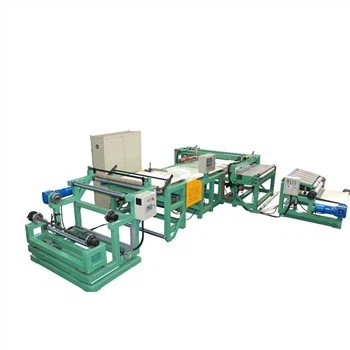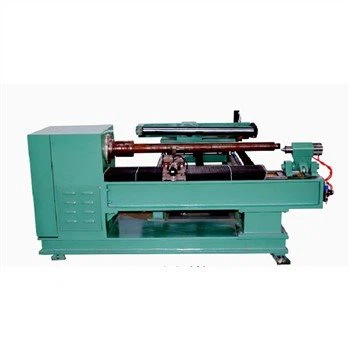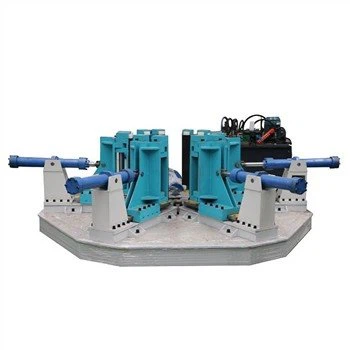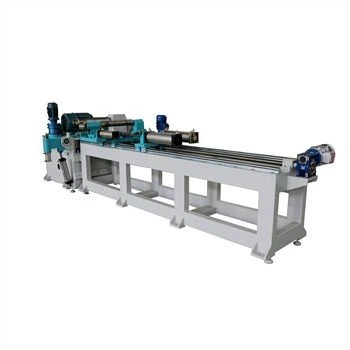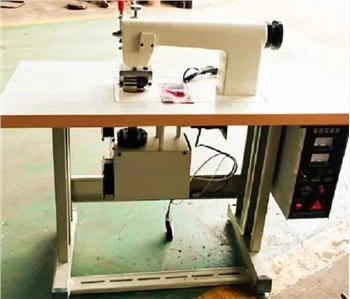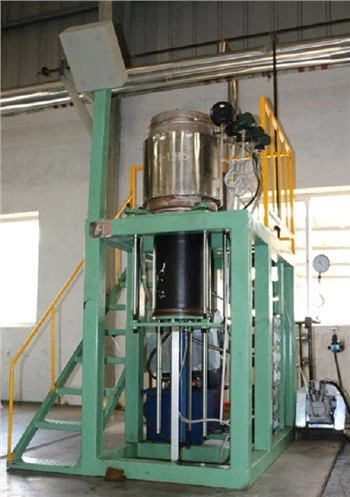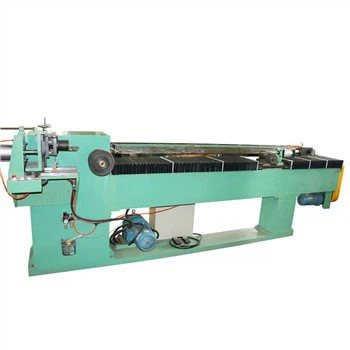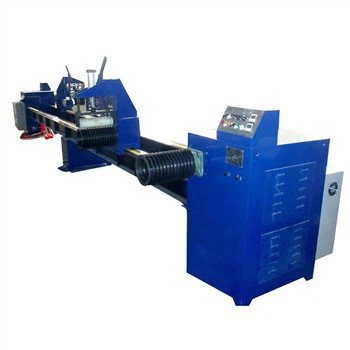Cutting Type V- Belt Machine
Xia Hua founded in 1990 more than 30 years construction history. We only focused on the development and production of transmission rubber belt equipments. The company's main products include wrapped type V- belt machine, classic V-belt machine, agricultural V-belt machine, cutting type V- belt machine, v-belt moulds, etc.
-
Cutting Splicing MachineThe equipment is used for short fiber cutting and splicing with 90°and make a roll.Add to Inquiry
-
Timing Belt Cutting MachineThe equipment is used for timing belt 、V belt 、poly belt drum's right-angled rectangle cutting.Add to Inquiry
-
Molds Release MachineThe equipment is used for after vulcanizing v belt、timing belt、poly belt rubber belt tubular thenAdd to Inquiry
-
Molds Release MachineA Mold Release Machine is an industrial device designed to apply a mold release agent to theAdd to Inquiry
-
Cutting Belt Forming MachineThe equipment is used for various kinds of V-belt, agricultural belt and banded v-belt buildingAdd to Inquiry
-
Timing Belt Grinding MachineThe equipment is used for cured timing belt sleeve back grinding process.Add to Inquiry
-
Canvas Welding MachineUse ultrasound to splice the canvas for the synchronous belt manufacturing process.The equipment isAdd to Inquiry
-
Molded Poly Belt SleeveFor molded poly-V belt curing process the equipment has simple operation controlled by PLC, adoptsAdd to Inquiry
-
V-belt Skiving MachineThe equipment is used for mainly used for building machine cut the strip edge of vbelt make theAdd to Inquiry
-
Banded Belt Bonding MachineThe equipment is used for banded belt Top rubber sheet bonding process can complete the combinedAdd to Inquiry
- Tel: +86-579-88988787
- Fax: +86-579-88988757
- Kevin.g@xiahua-machinery.com
- Add: 12-Qiulin Road, Light Industry Section, Lanxi City, Zhengjiang Province, P.R. China
Why choose us?
Sales market
Region: Europe, America, Middle East, Southeast Asia, Iran, India, Japan, South Korea, Russia, etc.
High quality
The company has long been committed to providing high product quality and perfect support services to ensure the stable operation of users' equipment and products.
Professional team
The company has a group of senior construction personnel with rich experience, which can well solve all kinds of equipment faults and strongly ensure the needs of customers.
Benefits of Cutting Type V- Belt Machine
Precision cutting:
These machines are equipped with advanced cutting technology, ensuring clean and accurate cuts every time.
Ease of use:
User-friendly interfaces and intuitive controls make operation simple, even for inexperienced staff.
Customizability:
Many models allow users to adjust settings for different belt sizes and types, catering to diverse operational needs.
Durable construction:
Built with robust materials that withstand rigorous use, these machines are designed for longevity.
Time efficiency:
Speed up the cutting process significantly compared to manual methods, leading to increased production output.
Cost savings:
Reduced waste and the ability to reuse v belt materials lead to significant cost savings over time.
Application of Cutting Type V- Belt Machine
Agriculture
In the agricultural sector, cutting V belts are indispensable for driving a variety of machinery. Tractors utilize these belts to power attachments such as mowers, plows, and tillers. Harvesters rely on cutting V belts to operate critical components like grain augers and conveyors, facilitating efficient harvesting and processing of crops. The ability of these belts to handle high-torque applications and variable loads is essential for maintaining performance during challenging field conditions, ensuring that agricultural operations run smoothly and effectively.
Manufacturing
Within manufacturing environments, cutting V belts play a pivotal role in enhancing productivity. They are commonly found in conveyor systems, where they help transport materials and finished products between different stages of production. In machinery such as mixers and shredders, these belts provide reliable power transmission, enabling consistent operation and reducing downtime. Their durability and resistance to wear make them suitable for high-volume production environments, where machinery operates continuously under demanding conditions.
Automotive industry
In the automotive industry, cutting V belts are essential for the functioning of various accessory systems. They drive components such as alternators, power steering pumps, and air conditioning compressors, ensuring that vehicles operate efficiently and reliably. The ability of cutting V belts to handle high stress and dynamic loads is particularly important in automotive engines, where performance can be affected by factors such as engine speed and environmental conditions. Their design often incorporates advanced materials that enhance durability and reduce noise, contributing to a smoother driving experience.
Textile industry
The textile industry extensively uses cutting V belts in various machines involved in the production of fabrics. Spinning machines and looms rely on these belts to drive their operational components, ensuring precise and consistent performance during the weaving and finishing processes. The ability of cutting V belts to withstand repetitive flexing and high speeds makes them well-suited for textile applications, where precision and reliability are paramount for maintaining product quality.
Woodworking industry
In woodworking applications, cutting V belts are critical for driving saws, planers, and lathes. These belts enable the precise cutting and shaping of wood products, contributing to the efficiency of woodworking operations. The strength and flexibility of cutting V belts allow them to adapt to the varying loads and speeds associated with different woodworking tasks, ensuring that machinery operates effectively and safely.

- Productivity: 10000
- Place of Origin: China
- Supply Ability: 1000
- Payment Type: T/T,L/C,Western
Packaging and Shipping


Certifications

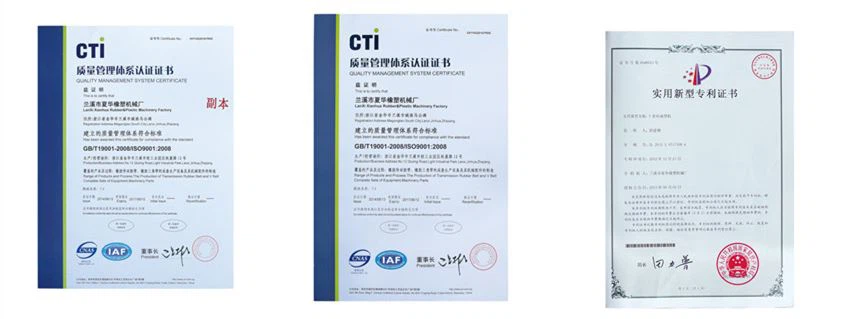
FAQ
As one of the leading cutting type v- belt machine manufacturers and suppliers in China, we warmly welcome you to buy high-grade cutting type v- belt machine made in China here from our factory. All our machines are with high quality and competitive price.
v belt coating press, clamping machine for v belt manufacturing, punching press for v belt making
